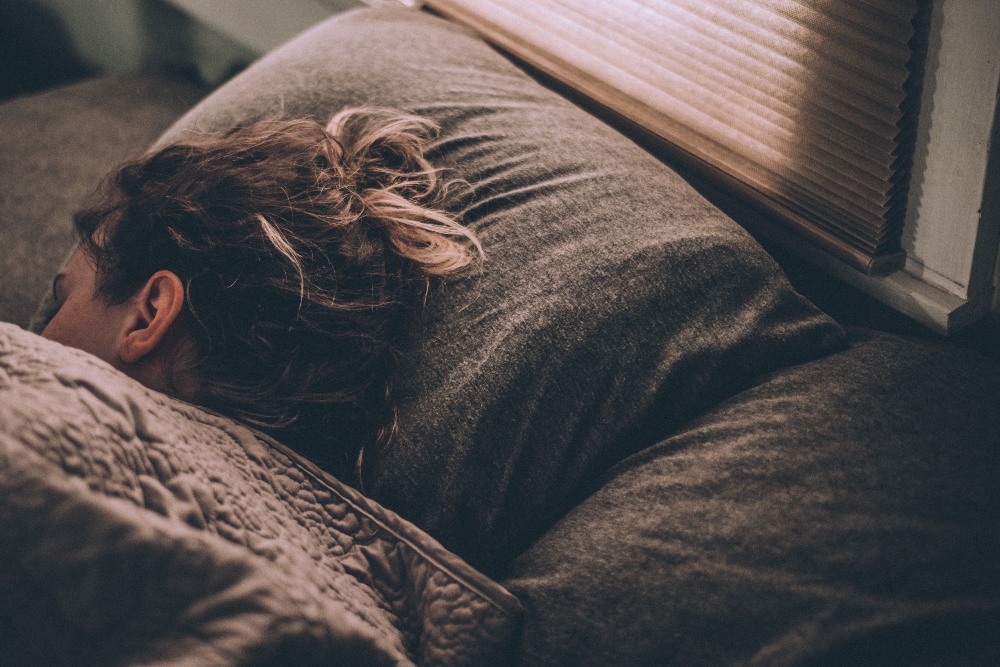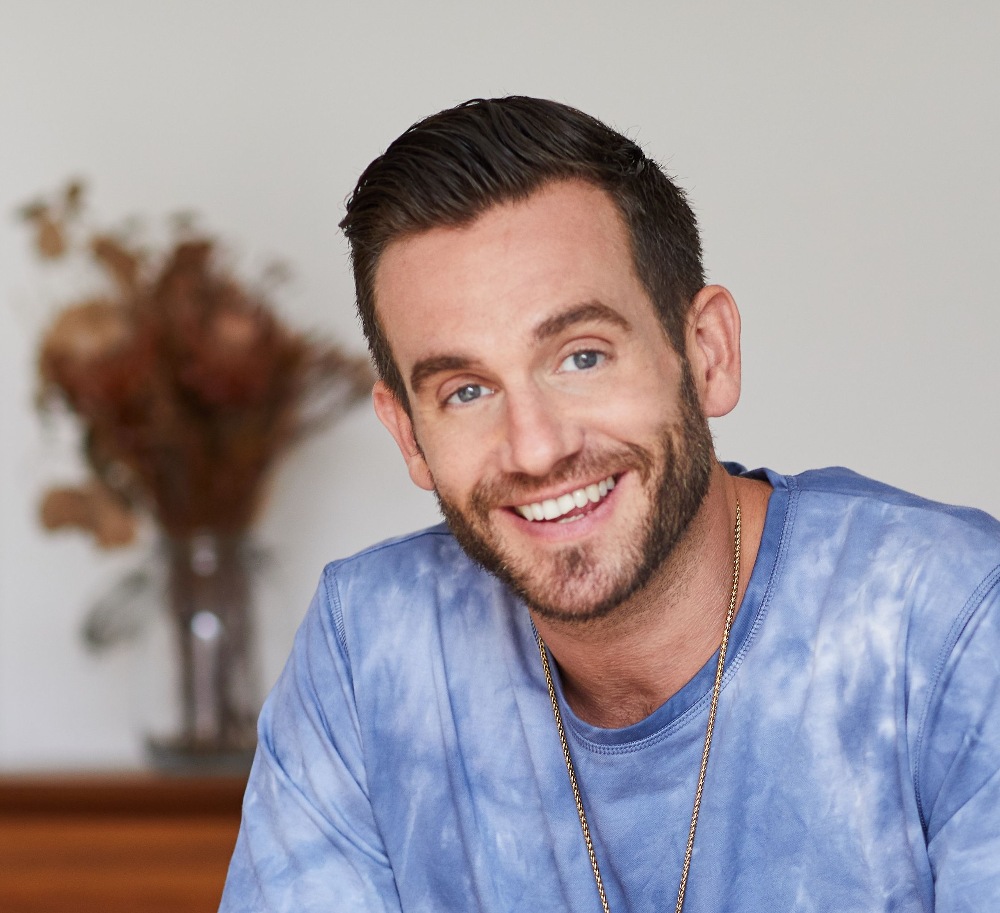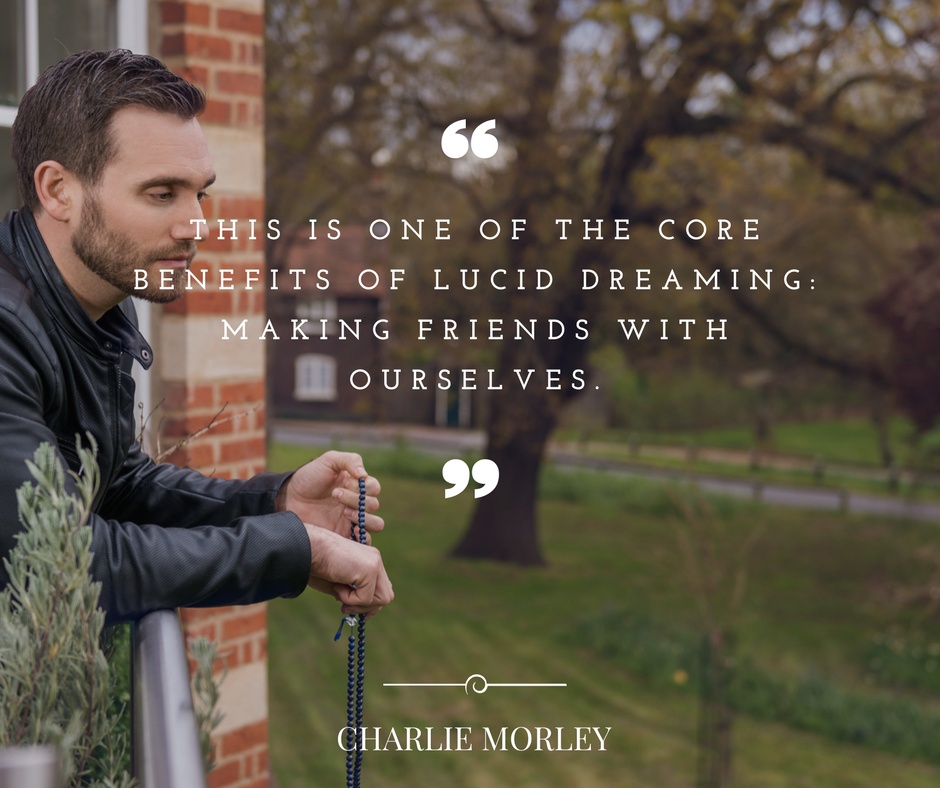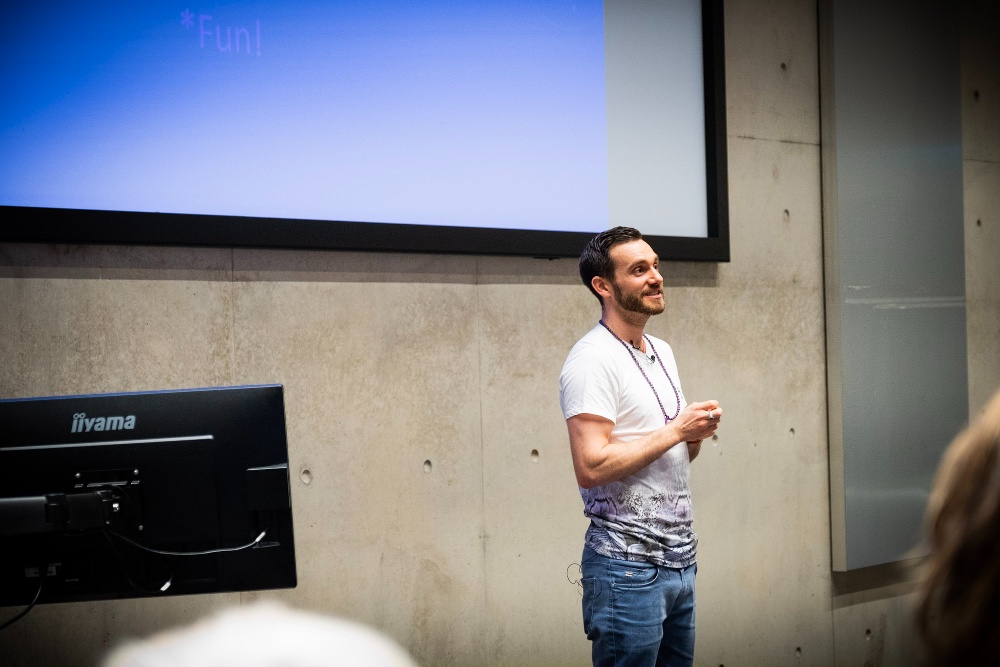
The world always feels like a place of possibility after a good night’s sleep. Not only will our performance and overall mood improve when we’ve had enough kip but our general health and immunity will of course benefit too. Many people working with troubled sleep will either manage the symptoms with medication or look at the external conditions using sleep hygiene techniques.
Good sleep hygiene might include things like going to bed at the same time every night, ensuring the bedroom has a suitable temperature, black-out blinds, and good comfort levels such as a decent mattress and bedding. Then there are other lifestyle factors such as managing a healthy diet, avoiding screen-time before bed, minimising alcohol and finding a relaxing routine to undertake every night before sleep.
However, although managing the sleep environment and conditions can be helpful for some, for those with insomnia and others who have experienced high levels of stress or trauma, sleep hygiene alone might not be enough. This is a notion backed by best-selling Hay House author Charlie Morley who has been developing his Mindfulness of Dream & Sleep approach for many years now. His work with veterans, serving members of the British Armed Forces and the broader general public has taken his research to new heights, and its impact has been quite ground-breaking and positively received.

I’ve been an avid follower of Charlie Morley’s work for some time, and a couple of years ago I took part in CPD training with him. One of the courses was his illuminating: Mindfulness of Dream Sleep: For Trauma or Stress Affected Sleep Patterns. Very recently he published a book, Wake Up to Sleep, based on this program, which is backed by some compelling findings from working with veterans with sleep trauma.
His Mindfulness of Dream & Sleep approach includes a series of core techniques including sleep awareness and education, mindful rest and relax meditations such as Yoga Nidra (a relaxing guided meditation done lying down), breath work, lucid dreaming practises and nightmare integration. Although the latter might not be applicable to everyone, the approach is transferable to anxiety, recurring dreams and other sleep disturbances.
So why do we sometimes need to take action and try a series of approaches rather than simply turning to sleep hygiene techniques?
Charlie Morley said, “Incorporating some simple, sleep hygiene tools can be really beneficial but if someone has stress or trauma induced sleep then often we need to tend to our inner patterns, to retrain our mind and bodies. Equally, although things like talking therapy can be a great way to become aware of the trauma that we hold, and brilliant at helping us cognitively integrate the emotional baggage that trauma creates, the dysregulation of the brain that trauma leads to cannot simply be talked away. We must recalibrate the traumatized part of the brain through breath and bodywork and strengthen the connections to the rational, self-aware part of the brain through mindfulness practices. The ‘Mindfulness of Dream & Sleep’ approach does exactly that.”
Three sleep secrets you should know!
This World Sleep Day, Charlie shares with us just three of his many sleep secrets (not so secret, as they’re all in his book) – things perhaps you might not have realised about sleep.

1) All Hail the Nap
It might have received some bad press with traditionalists but actually the humble nap is good for us. If we need to catch up on some proper sleep or simply add to our daily quota, and as long as it’s done at least six hours before we intend to go to bed, napping can be a great way to do that.
Charlie says, “Let’s not forget: the seven to nine hours per night should actually be read as per 24-hour period, as it is in many siesta-loving countries, and so napping absolutely counts towards your daily sleep quota and is often a much more realistic way of boosting your sleep time than trying to stay in bed for eight hours straight at night.”
“A six-year Harvard Medical School study has shown that those who nap regularly are 37 per cent less likely to die of heart disease than non-nappers. There is no daily medicine that can reduce chances of dying from heart disease by that much, so naps do offer really quite incredible results.” For those not ready for the nap? Hypnagogic mindfulness (similar to a body scan meditation) and Yoga Nidra are also great ways to recharge our batteries and rest deeply without actually sleeping.
2) Keep a Sleep Diary
Charlie thinks the first step to a solid night’s sleep is to have some awareness about your sleep. Try keeping a Nocturnal Journal to create and reinforce the habit of viewing your sleep and dreams as valuable. This creates a bi-directional positive feedback loop in which your conscious mind will become more aware of how you’re sleeping (because of your conscious intention to do so) and your unconscious mind will start to present you with more memorable dreams (because it now knows that you want to remember them).
It’s just like keeping a daytime journal, but rather than focusing on the content of your day, you focus on the content of your night. Each morning you write, draw or somehow note down a general overview of your nocturnal experience.

3) Sleep Meditations to Cure Sleepless Nights
Did you know that Yoga Nidra is really good for you? Yoda Nidra, as you may have guessed, is a type of yoga. It’s done lying down and it’s effectively when you meditate on the moment of falling asleep – usually people listen to guided audio track to help them practise this. It can promote deep healing and offers a very profound state of rest at all levels – physical, mental, emotional and spiritual. Apparently it can also help to improve insomnia, anxiety, depression, panic attacks, chronic pain management and other stress-related problems. In fact, PTSD UK founder Jacqui Suttie, said, ‘Yoga Nidra can be considered a highly effective practice for reducing stress and PTSD symptoms.’
According to Charlie, practices like Yoga Nidra are often even better for creating deep relaxation than sitting meditation practices. This is partly because we’re lying down and partly because it’s not actually necessary to concentrate as much. Yoga Nidra is usually guided by an audio track, so all we need to do is to follow the instructions, maintain awareness and ideally not fall asleep. This makes it much more relaxing for those who struggle to concentrate or worry about ‘doing it right’, as many people working with stress or anxiety do. These factors make Yoga Nidra a really accessible form of meditation. But ‘more accessible’ doesn’t mean ‘less powerful’. The states of meditation that we can reach through Yoga Nidra practice are equal to, if not even deeper than, standard sitting meditation practice.
So join us here at Female First in this world full of busyness, and let’s all hunker down and celebrate World Sleep Day with a well-earned nap!
For more information about Charlie Morley’s best-selling books, retreats and workshops, go to: https://www.charliemorley.com/workshops.
Tagged in sleeping

